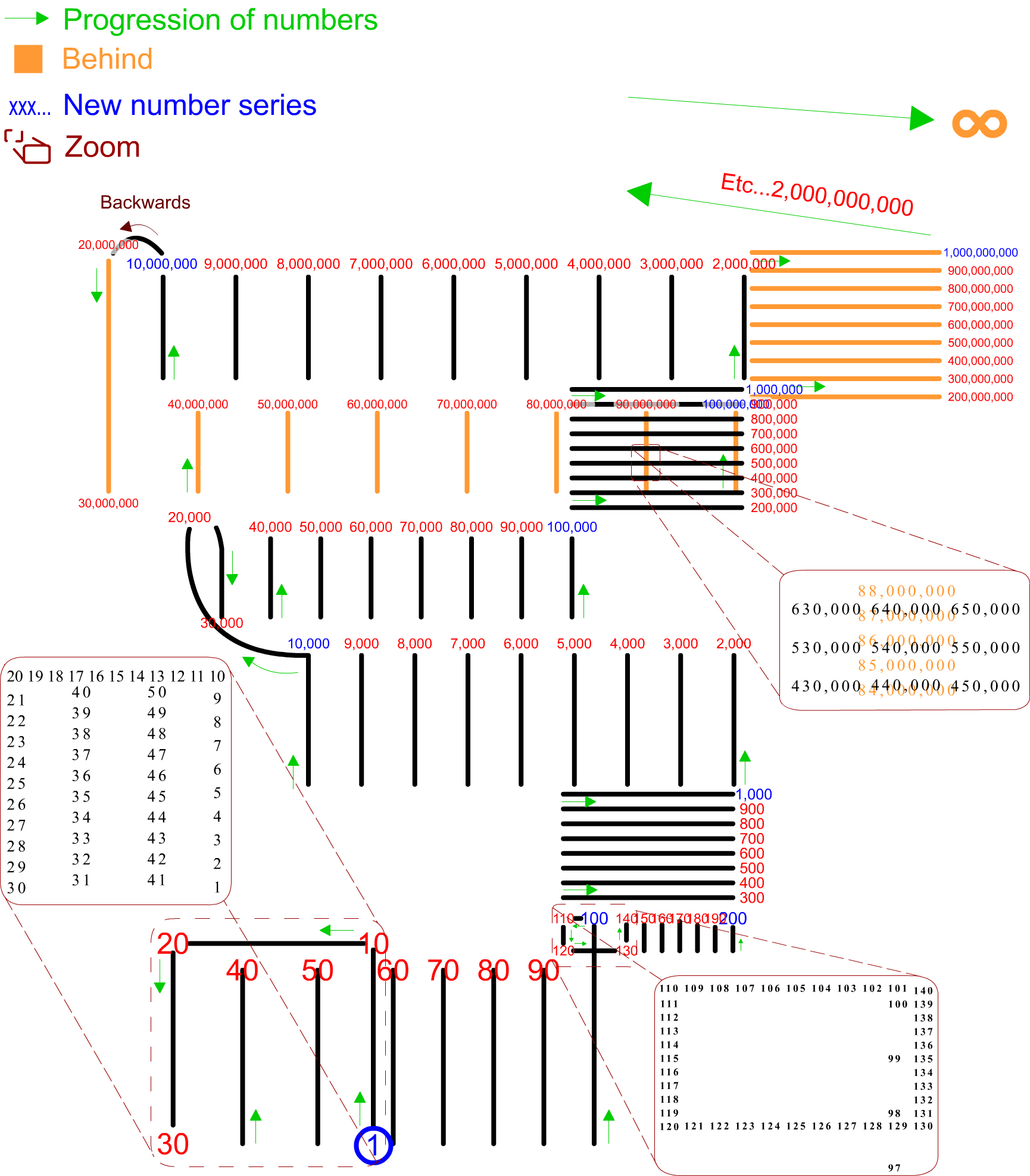In 1699, the great philosopher John Locke perpetuated the words of an innately blinded man who was realizing that "the meaning of scarlet red is like the sound of a trumpet". Three centuries later this peculiar experience acquired the name "synesthesia" (meaning "joined sensation" in Greek).
Synesthesia is a condition in which otherwise normal individuals experience two seemingly independent modalities as joined together. Namely, stimulation in one sensory modality, like audition of sounds (inducer stimulus), triggers a sensation in other unstimulated modality, like perception of colors (concurrent stimulus). Often, the inducing stimulus is not a sensory one but rather a meaningful concept or symbol such as, a number, grapheme, or word.
Up to date, we are familiar with approximately 40 different types of synesthesia. One of the most intriguing types called sequence-space synesthesia. Sequence-space synesthetes visualize different kinds of ordinal sequences (e.g., numbers, letters of the alphabet, months, days of the week, etc.) in spatially defined locations.
In the picture you can see a graphic drawing of synesthetic
number-space representations.

Lab member: Limor Gertner